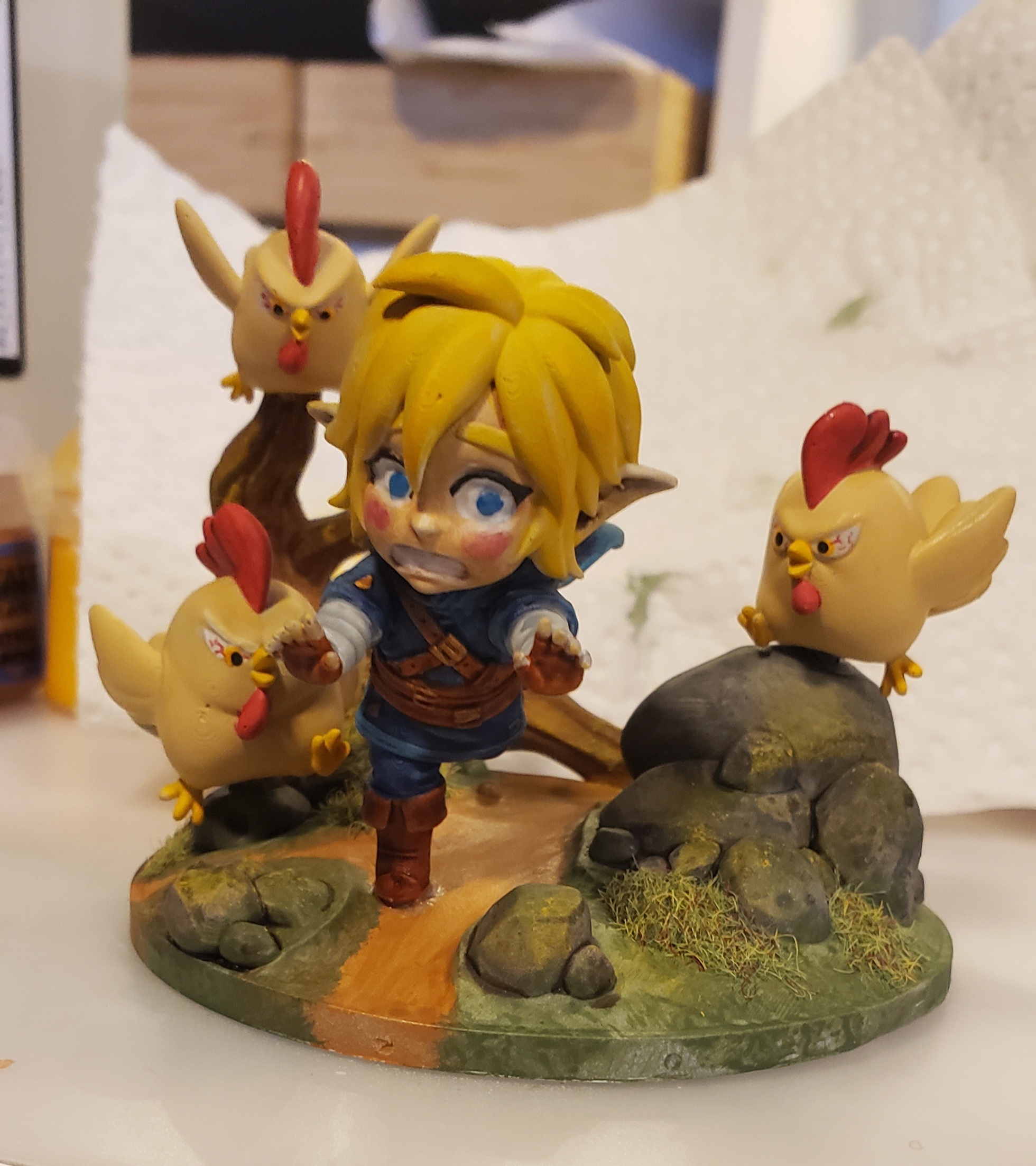eSun and (obviously) Bambu provide filament configurations and process configs for their filaments in Orca Slicer (or Bambu Studio,but that won’t be used here anymore).
This is quite useful as a starting point for filaments you never used before, you don’t have to transfer the manufacturers recommendations (who often are quite generic. 170-250°? Really?) and is quite helpful for new users (which I sometimes have to help).
The question is: Are there any other manufacturers who do that? There are of course a few stock one delivered with Orca,but is there anyone else?
Edit:
So far we have the following:
Thank you @dwsharp
Thank you @alleycard
Thank you @Bronzie
Others:
Don’t sweat such things. None of them are anymore than a starting point for a new filament. Every printer is a rule unto itself for best results with any given filament. And most filament brands put a sticker on the spool to tell you what temp ranges the extruder and heat bed generally work best with that brand.
So pick a starting temperature for the nozzle and bed and then print a temp tower or two if you really want the best out of the filament with your particular printer. Then adjust accordingly and save YOUR profile. If it doesn’t matter much, those mid-range temps will work just fine. And no extra thought required.
I know that,but for the rarer non PLA/PETG stuff you only print once in a few weeks it’s sometimes handy - and I kind of “preach” 3D printing to non-technical,often older, people sometimes, and they are often “not that sure what they are doing” yet, so that helps a lot.
And on the stickers things like density, flow, etc. are mostly not noted.
Your slicer should have generic profiles for each material which should give acceptable results with most brands. Density and flow tend to by the same across brands for any given material, unless it’s a “rapid/high flow” or foaming filament, in which case the manufacturer prints the recommended settings on the spool. Basically if it’s not printed on the spool you can use just the defaults in your slicer.
Yeah. I am sure there are some corner cases where a different brand of filament might benefit from different settings but that is going to be nothing compared to your printer (e.g. heated printbed or not?).
The slicer assumes those settings built in. And will take care of those finer details well enough for those “older non-technical” people. Each slicer assumes density and flow rates for each filament type that will work good enough for the vast majority of people. Just make sure your new people understand the importance of selecting the correct filament type and to choose a temperature for the nozzle and heatbed somewhere in middle of that sticker on the spool. At that point, 95%+ of all problems will be solved for them.
As I said, each printer is a rule unto itself. So your desire for settings for every brand and type of filament won’t make anymore difference than is already built into a slicer. And settings like flow and density can and do change from batch to batch and even spool to spool. And it can quickly become a game of whack-a-mole, (I got a tee shirt somewhere around here). And if you are printing expensive engineering filaments, I would really recommend you go to the manufacturer’s website and look up their recommendations for those materials. This is why I buy MatterHacker when I need those types of filaments. They have data sheets for each filament they produce. While I’m not much concerned about common PLA and PETG, I don’t trust any filament retailer that does not have those data sheets for expensive engineering filaments. Nor should anyone else.
Not sure if that counts, but prusament has default profiles in prusaslicer for their stuff.
Extrudr provides .json files for most of their filaments, that can be loaded directly into Orca Slicer.
Thanks! Noted!
I found it’s often not that difficult for me. I have different profiles for different material types. But I pretty much print all of the same type (PLA or PETG) at the same temperature that works well with my printer. In my experience (in the cases I tinkered around with the settings and compared the results) that works better than choosing the manufacturers specific recommended temperature. Idk. But I just use generic filament. Nothing special or with stuff added to it. So YMMV. But I just didn’t find filament configurations very helpful for generic filament and for what I do.
May not directly help you but might work for someone! Going to try to remember this from memory it’s been a couple months since I’ve had to do it. Both of my printers are custom so this is what I do each time I have a new filament/type. It sounds like a lot but it’s maybe an hour of mostly wait time and I don’t do it again for the same type of spool unless I have an issue.
This is all based on running Klipper firmware and PrusaSlicer/SuperSlicer and their built in tools for calibrating so YMMV:
-
Create a new Filament (and new Print Settings dependent on the type of plastic, if necessary) in PrusaSlicer. For example maybe I am creating a new Print Setting for “ABS” if it’s my first time printing that type of plastic by cloning PLA, then add a new filament for the coloration. For example I might name it “Polylite ASA - Black” that way I can differentiate from the type of plastic, the manufacturer, AND the color. I typically will base the Type of an existing (e.x. PLA) and then tweak as needed (usually adjusting speed values).
-
Temperature tower, look for both quality AND strength, you can make a plastic visually print great and have almost zero adhesion.
-
Adjust values on Ellis3DP’s Pressure advanced tool to match the desired printers parameters and then upload and run the test. I like this one a LOT more than Klippers
-
Set the pressure advance value for the new filament in PrusaSlicer.
Visually on the side of PrusaSlicer in advanced mode you would see:
-
Print Settings: printer1 ASA (prefixing or suffixing is necessary if you have multiple printers)
-
Filament: Polylite ASA - Black - printer1 (also necessary for multiple printers as you may have different settings between different printers)
-
Printer: printer1
Generally speaking I only really need to get the temperature and pressure advance right and it’s dead reliable and I can print at speed. I have tuned PLA, PETG, TPU, ASA, Nylon, CF Nylon and Polycarbonate following these steps and it’s pretty set and forget.
-
Add:North has for their filament for several different printers.
I use their PLA profiles for Bambu and they work really well.All in all they have really cool guides that are applicable for 3D-printer newbies in general, so I’ve been very happy with them.
Thank you! I added them to the original post.



